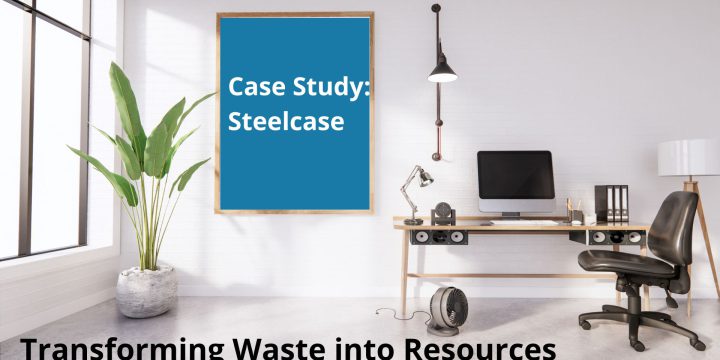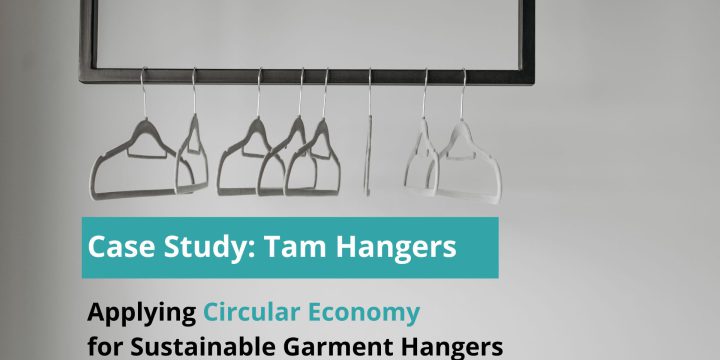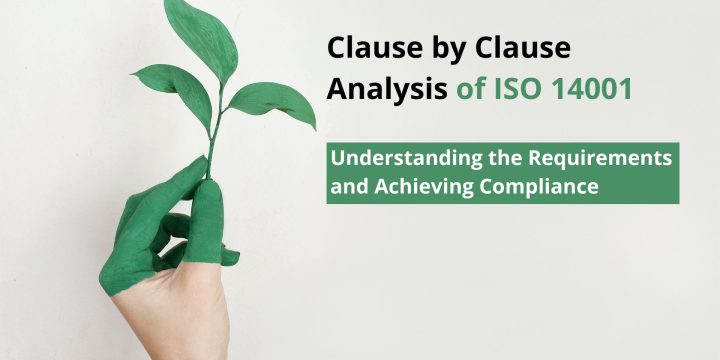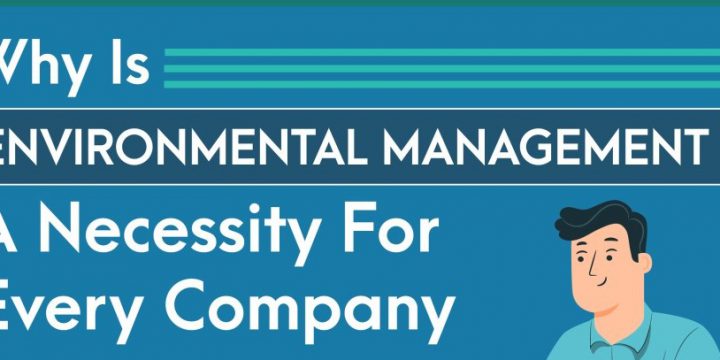
Case Study: Remanufacturing: Extending the Service Life of Bearings for Environmental and Economic Benefits
The service life of bearings often falls short of the calculated lifetime due to various application conditions, including contamination and metal-to-metal contact. Wear, rust, indentations, and microcracks are common damages that significantly reduce their lifespan. However, there is a solution to prevent premature bearing failure and improve environmental sustainability while reducing costs. Remanufacturing, a process that refurbishes bearings before major damage occurs, offers a promising approach. This article explores the benefits of remanufacturing, its impact on environmental aspects, and the economic rationale behind its adoption. Case Study: SKF Best Environmental Management Practice Remanufacturing plays a vital role in extending the service life of bearings. By refurbishing worn-out bearings, remanufacturing significantly reduces costs and lead times. Additionally, this practice presents a notable environmental advantage by requiring substantially lower energy and raw…









